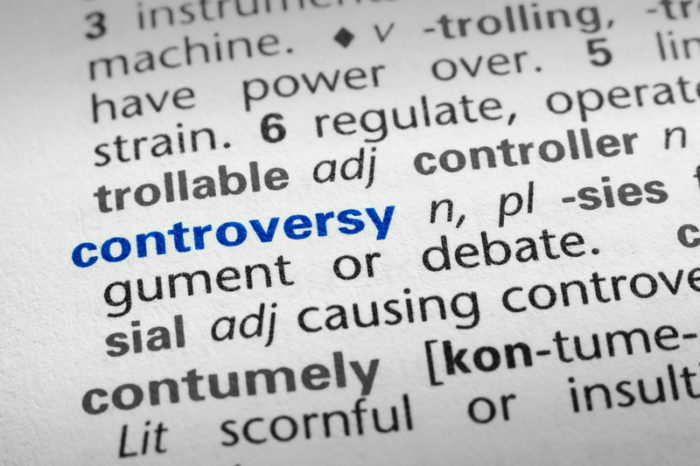
by Thomas Hoffman
Many situations that at first glance appear to be political controversies are in fact social controversies. A perfect example of this is the rise of anti-Semitism on college campuses. There appears to be a rise in anti-semitism in younger people. Reuters reports that “Over 70% of US Jewish college students exposed to antisemitism this school year…” The Hill featured an article entitled “Why is Gen Z so pro-Palestine and anti-Israel?” Jewish temples and organizations have witnessed an increase in threats. The Daily Beast reports a number of White House interns have criticized President Biden for supporting Israel. Yet interestingly enough, a few years ago, the most popular presidential candidate on campuses was Senator Sanders who was, in fact, Jewish. So what is responsible for this drastic shift in values among young people? Anti-Semitism is indeed on the rise, but could there be something more at play?
On January 1, 2020 Politico published an article entitled Why Pete Buttigieg Enrages The Young Left by Derek Robertson. Robertson identifies the source behind young progressives’ reluctance to support then -Mayor Buttigieg. Robertson pointed out how many progressives chose Senator Sanders, who is an elderly white statesman over Buttigieg, and that all the talk about the need for young, new faces and under-represented minorities was all but a smokescreen. Robertson accurately portrayed the young voter’s mindset towards Buttigieg. “Mayor Pete” has been perpetually dogged by a major issue: the youngest and most activated voters in his party all seem to—how to put this delicately?—hate his guts.” Robertson then diagnosed the source of Buttigieg’s difficulty in appealing to the far-left. “In the eyes of radicalized young leftists, Buttigieg isn’t just an ideological foe, he’s worse than that: He’s a square.” The anti-square mindset fuels anti-semitism. The true source behind the rise in anti-semitism is not just anti- semitism itself. It is cool to be perceived as supporting the “bad guys,” who in this case are the anti-semitic people. This is what fuels the anti-semitism. Only a “square” supports the authoritative side. In this situation, the authoritative side is coincidentally Israel.
The “he’s not an ideological foe, he’s worse than that, he’s a square” mentality can be applied to countless other situations. One example is the controversy over “Defund the Police.” In New York City, the City Council recently passed legislation that would require police officers to report every civilian stop. Many will have the public believe that the controversy around “Defund The Police” revolves around racial profiling or police brutality. There is a culture that celebrates violence and foul language. This culture contributes to an anti-police mentality. Once again, only a square supports the authoritative force, which in this situation is the police.
The “anti-square” controversy extended to social distancing. The public was led to believe the controversy was between those who feared COVID and those who did not. Many media outlets portrayed it as a controversy between progressives and conservatives, or politicians like President Biden or former NY Governor Cuomo and Florida Governor DeSantis. Biden and Cuomo were pro-social distancing, DeSantis was against it. But many young people ignored the dangers of COVID and refused to social distance, especially during spring break of 2021. It is highly unlikely all of these young people were DeSantis supporters. This controversy had little to do with politics or even COVID for that matter. It was square vs anti-square.
From COVID to anti-semitism it is amazing how many of these situations have nothing to do whatsoever with politics. It is not Republican vs Democrat. It is not an MSNBC viewer vs Fox News viewer. It is square vs anti-square. What will be the next political controversy that goes beyond politics?
Photo 9567938 | Controversy © Stuart Key | Dreamstime.com
















